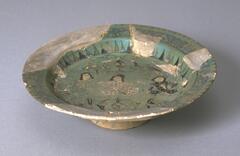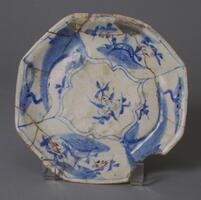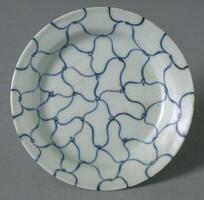13 UMMA Objects
13 UMMA Objects
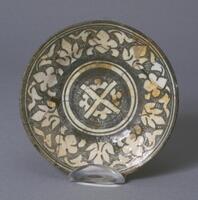
Iranian (Iranian)
Shallow plate with floral rim design on broad rim
1700 – 1899
Museum Purchase
1957/1.88

Iranian (Iranian)
Plate with deep red-brown glaze spashed with yellow (cracked)
1600 – 1899
Museum Purchase
1957/1.98
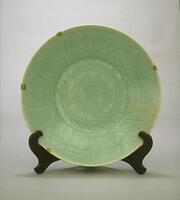
Chinese (Chinese (culture or style))
Plate
16th century
Gift of the William T. and Dora G. Hunter Collection
2002/2.6
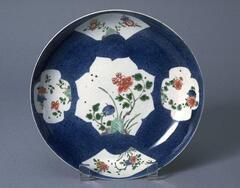
Chinese (Chinese (culture or style))
Dish
1700 – 1722
Gift of the Estate of Hobart Taylor, Jr.
1982/1.212
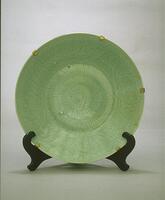
Chinese (Chinese (culture or style))
Plate
16th century
Gift of the William T. and Dora G. Hunter Collection
2002/2.5
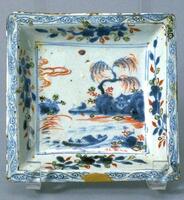
Chinese (Chinese (culture or style))
Square Dish
1621 – 1627
Museum purchase made possible by the Augusta Plumer Weiss Memorial Fund
1977/2.18
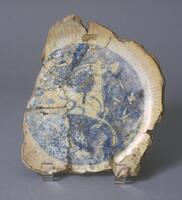
Iranian (Iranian)
Plate fragment with design of a white gazelle against a blue ground
Museum purchase
1957/1.93
Loading…


